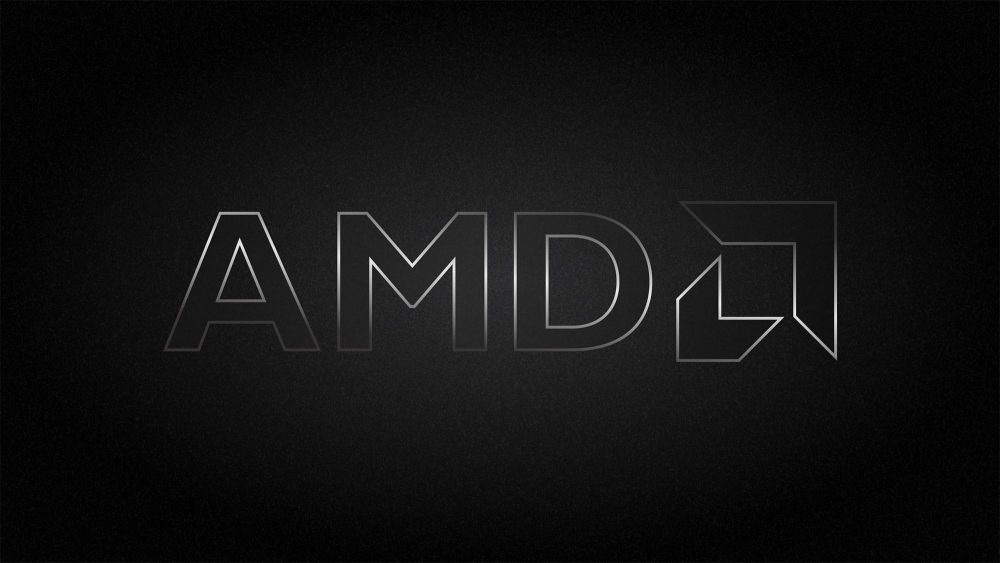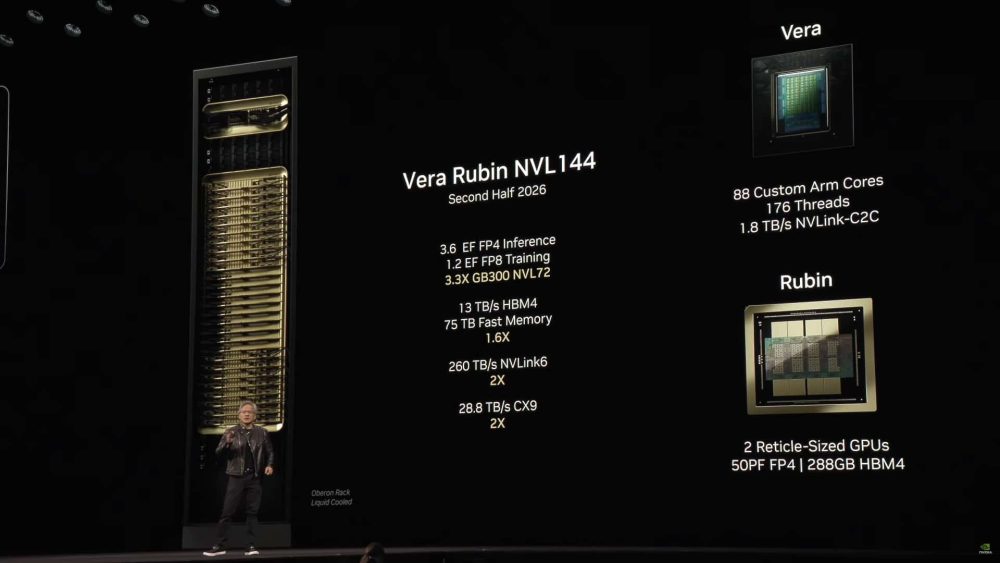Advanced Micro Devices (AMD) has been hit with two patent infringement lawsuits from U.S. technology licensing firm Adeia, targeting the same hybrid bonding process that powers AMD’s groundbreaking 3D V-Cache. The move adds to AMD’s tension as the company heads into its Q3 earnings, while Adeia’s shares dropped after disappointing results.
Adeia Takes Aim at AMD’s 3D Stacking Crown Jewel
Filed in the U.S. District Court for the Western District of Texas, Adeia’s lawsuits claim that AMD’s Ryzen X3D and EPYC chips, and even some AI processors, illegally use ten of its patented innovations. Seven patents cover hybrid bonding, and three involve advanced process nodes for logic and memory manufacturing.
At the center of the storm is AMD’s signature technology: 3D V-Cache, which stacks a 64MB slab of SRAM directly atop a Zen compute die. Unlike older solder bump methods, it uses copper-to-copper and dielectric bonding to fuse layers together, an approach that delivers extreme bandwidth and cache density without melting the silicon.
In the industry, this process is closely associated with TSMC’s SoIC (System-on-Integrated-Chips) technology, itself a form of hybrid bonding known for enabling micron-level interconnects.
Adeia says those same interconnect and bonding methods fall under its patent portfolio, and it wants compensation.
“Prolonged Efforts Failed”, Adeia’s Statement
“After prolonged efforts to reach a mutually agreeable resolution without litigation, we believe this step was necessary to defend our intellectual property from AMD’s continued unauthorized use,” Adeia said in a statement.
The company added that AMD’s implementation of the technology has “greatly contributed to their success as a market leader.”
Adeia has asked for monetary damages and a court order to halt AMD’s continued use of the contested IP, but claims it remains open to a “fair and reasonable arrangement.”
A Well-Timed Strike
The lawsuits come at a delicate moment. AMD’s Q3 earnings are imminent, and its 3D V-Cache architecture has become one of its most bankable innovations, propelling Ryzen X3D chips to the top of gaming benchmarks and strengthening its server lineup against Intel’s Granite Rapids.
For Adeia, the timing could apply pressure: leverage during negotiations, and visibility during a week when AMD is in every analyst’s spotlight.
Meanwhile, Adeia’s own stock plunged 16% on Monday after missing Q3 estimates and cutting full-year guidance. Filing high-profile suits against AMD may help reassure investors that its vast patent portfolio, spanning semiconductors, hybrid bonding, and memory tech, remains a revenue weapon.
A Familiar Pattern in Silicon Valley
This isn’t the first time IP licensing firms have gone after semiconductor giants. From Rambus to InterDigital, the playbook is familiar: identify a high-value process node or packaging method, then seek licensing fees once it reaches commercial success.
But in AMD’s case, hybrid bonding isn’t just another feature; it’s the very reason its chips outperform in cache-sensitive workloads. Losing or licensing under heavy terms could reshape AMD’s cost structure for future Zen and Instinct products.
The Road Ahead
AMD has not yet commented on the suits. Adeia’s filings, meanwhile, show no intention of backing off soon.
Whether this ends in a settlement or a court showdown, one thing is clear: hybrid bonding has become the new frontline in the semiconductor industry’s innovation wars, where every atom-thin connection might be worth billions.


